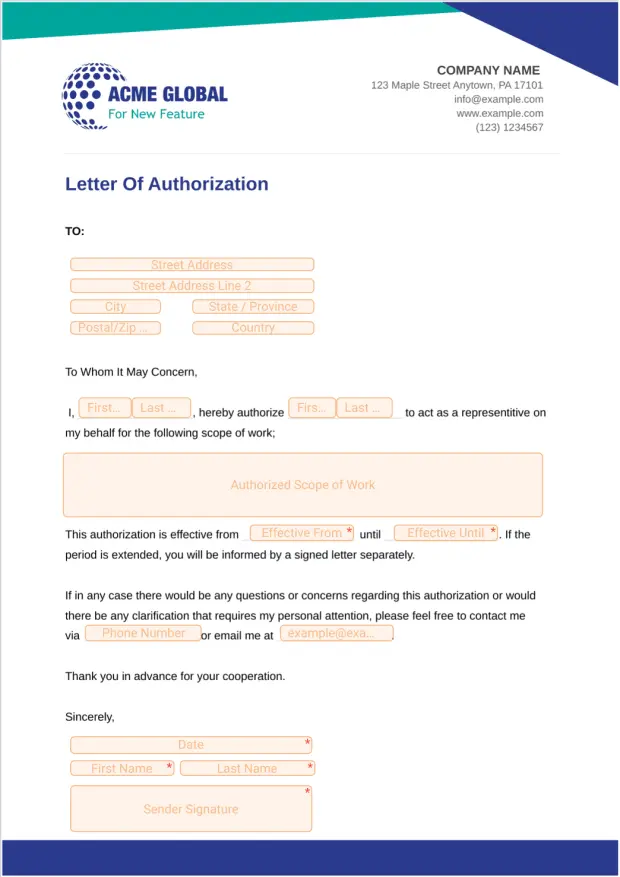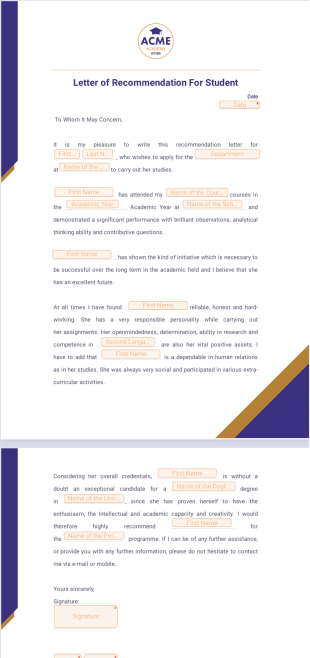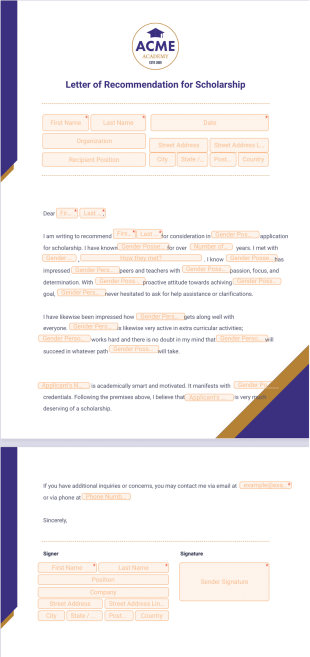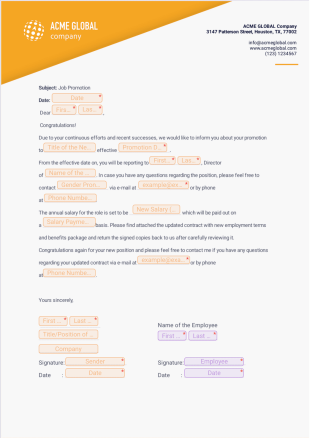Letter of Authorization FAQs
1) What is a letter of authorization (LOA) and how to use it effectively
A letter of authorization is a document that delegates authority to another person to perform specific actions on your behalf, such as making decisions, accessing information, or handling business matters. An effective LOA is typically precise about the powers being granted, their duration, and the conditions under which the authorization can be terminated.
2) The importance of a well-written authorization letter in various situations
A comprehensive letter of authorization can help ensure that the actions taken by the authorized person are accepted by third parties like banks or governmental institutions. Clearly defining the scope of authority and the level of responsibility can also help prevent disputes and misunderstandings. The authorizing party may be liable for what occurs while their delegate is acting on their behalf, so it’s important to create a letter that’s specific about the permissions being granted and the actions the representative is allowed to take.
3) Drafting a letter of authorization
Here are some steps you might take when drafting a letter of authorization:
- Clearly identify the parties involved: the authorizer (you) and the person you’re authorizing, along with contact information for both parties.
- Include a statement of authorization that makes it clear you’re giving someone else the right to act and make decisions on your behalf.
- Detail the specific permissions you’re granting. Include all relevant details, such as the actions they’re allowed to take and any relevant transaction IDs or account numbers.
- Set clear start and end dates for the authorization period.
- Sign and date the document, preferably in the presence of a witness or notary.
4) Understanding the different types of letters of authorization and when to use them
There are several types of letters of authorization. Here are some of them:
- Financial authorization letters allow an authorized individual to make financial decisions on your behalf, like managing bills, making payments, and accessing bank accounts.
- Medical authorization letters allow an authorized individual to make informed decisions about your care and treatment when you’re unable to make them yourself.
- Legal authorization letters grant permission for another person to represent you in court or other official legal matters.
- Third-party authorization letters can be used when you’re living abroad or otherwise unable to handle matters in person. They can authorize another person to receive deliveries, collect travel documents, or complete other in-person transactions.
- Childcare authorization letters grant temporary caregivers the ability to make decisions regarding your child’s health and care.
- Travel authorization letters give consent for your child to travel alone or with an adult who is not their legal guardian.
- Vehicle authorization letters permit someone else to use your vehicle.
- Property authorization letters permit another person to handle property-related matters, like a sale or a lease.
5) Key elements to include in a letter of authorization template
The letter of authorization can include the names and contact details of both the authorizer and the delegate, authorized powers, and any limitations on those powers. It may also be useful to specify the reason you’re granting these permissions. You can include the dates when the authorization begins and ends, as well as any conditions under which the authorization may be prematurely revoked. Finally, you can leave a space for signatures and possibly a notary to formalize the authorization.
6) Top mistakes to avoid when creating a letter of authorization
It can be important for the letter of authorization to avoid vague or complicated language that doesn’t specify exact powers, be specific about the actions and decisions your delegate is authorized to make on your behalf, and clearly outline any restrictions on those abilities. The letter can state the start and end dates of the authorization and include revocation terms so you can easily withdraw your authorization if necessary.
Generally, a letter should be signed and dated to be valid. Keep a signed copy of the letter for your records.
7) Common uses and scenarios for requesting a letter of authorization
Letters of authorization are commonly used to handle personal financial transactions, healthcare decisions, and legal matters on behalf of someone who isn’t able to themselves. These letters may authorize an individual to withdraw funds from a bank account, pay bills, access personal financial information, sign a contract, accept legal documents, manage property, oversee childcare, communicate with healthcare providers, and make medical decisions, among other functions.
Businesses often require LOAs when they need someone to act on their behalf in negotiations or to perform operational tasks. LOAs can allow an agency to represent a company and handle transactions, or they can grant authority to an individual employee to perform tasks and make specific decisions.
8) The difference between a letter of authorization (LOA) and power of attorney (POA)
While both a letter of authorization and power of attorney can grant someone else the ability to act on your behalf, they differ in scope and formality. An LOA is usually more limited in scope, often related to single actions or specific decisions, and does not concern legal decisions. In contrast, a POA is more comprehensive, granting broader legal powers to manage things like contract signatures, finances, property, or health decisions when someone is incapacitated or unavailable.
9) Benefits of using a letter of authorization
Using a letter of authorization can provide flexibility, convenience, and clarity. It can allow individuals and businesses to delegate tasks effectively so operations continue smoothly in case of absence or incapacity. LOAs can provide a framework that protects all parties involved by defining the scope and limits of the delegated powers. This can be incredibly beneficial in maintaining continuity in business or personal matters when direct involvement isn’t possible.






